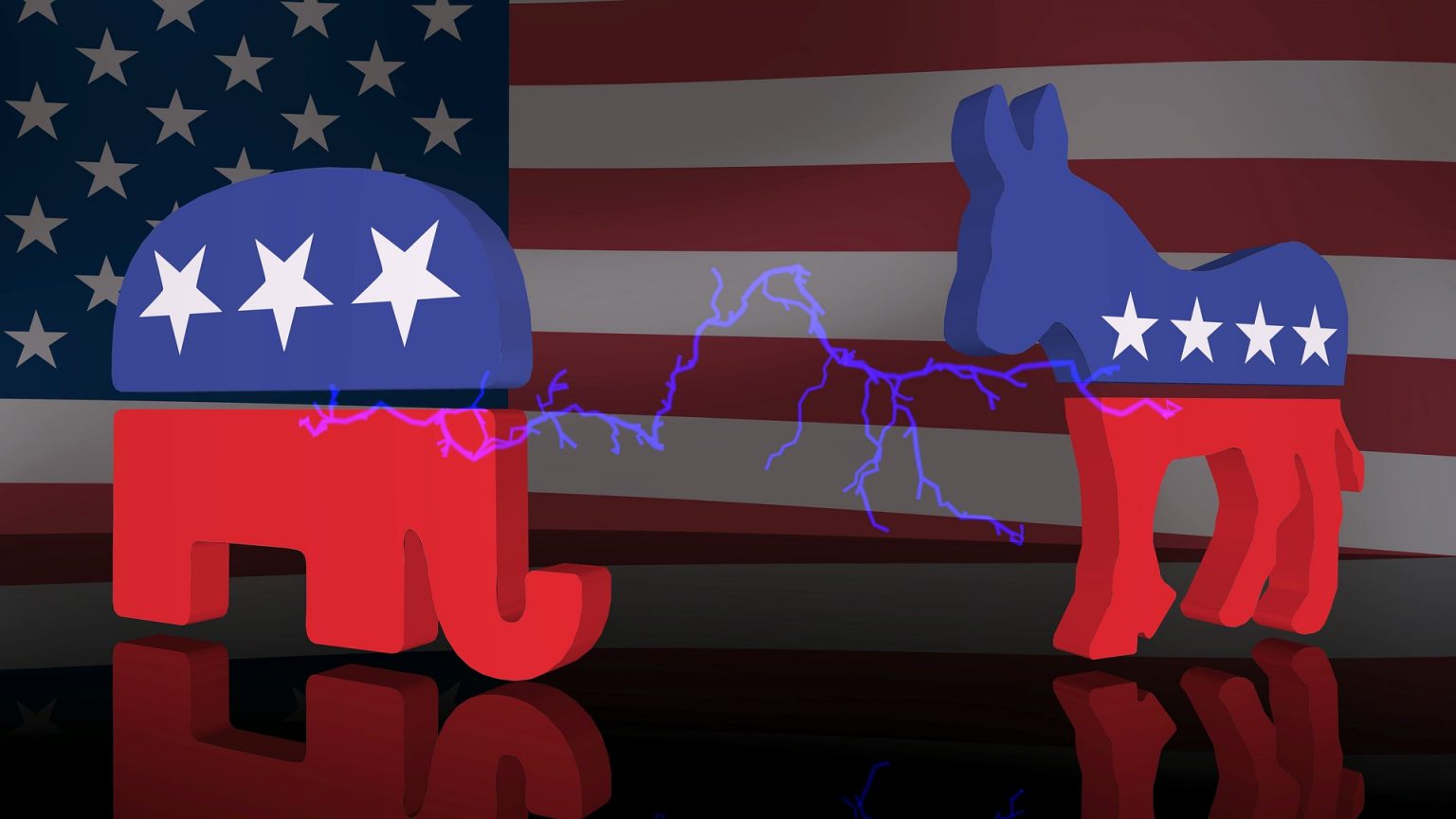After the Insurrection: How Domestic Extremists Adapted and Evolved After the January 6 US Capitol Attack
This report by the Digital Forensic Research Lab (DFRLab) provides an overview and analysis of the shifts observed in domestic extremist movements since the 2021 Capitol attack
omestic extremist movements have evolved and adapted their strategies, infrastructure, and messaging in the year since the insurrection at the US Capitol Building on January 6, 2021. Such movements were initially jubilant at the sight of extremist groups and former President Donald Trump’s most ardent supporters crashing through windows and brawling with police, temporarily halting the US Congress as it certified the 2020 election results. But, resulting arrests and scrutiny soured that cheer into a wicked brew of paranoia and fear that played out among these movements, both online and offline.
After a short period of relative inactivity, some radical movements began to resurface publicly. By the summer of 2021, other movements reorganized, making strategic adjustments along the way.
This report by the Digital Forensic Research Lab (DFRLab) provides an overview and analysis of the shifts observed in domestic extremist movements since the 2021 Capitol attack. As noted in the National Strategy for Countering Domestic Terrorism, domestic extremist threats include groups and individuals “whose racial, ethnic, or religious hatred leads them toward violence” and those who incite “imminent violence in opposition to legislative, regulatory, or other actions taken by the government,” including self-proclaimed militias, “sovereign citizen” movements, and others promoting fringe ideological grievances. This research is informed by continued online monitoring and analysis of extremist individuals, groups, and movements, and how their online behavior influences offline activities. Daily monitoring efforts, primarily comprising open-source and investigative reporting, began in the latter half of 2020 and continued through the entirety of 2021, producing a comprehensive record of extremist movements online that informed this report, as well as other efforts to combat the threats that domestic extremist movements pose to democracy and public safety.





Déjanos tu comentario